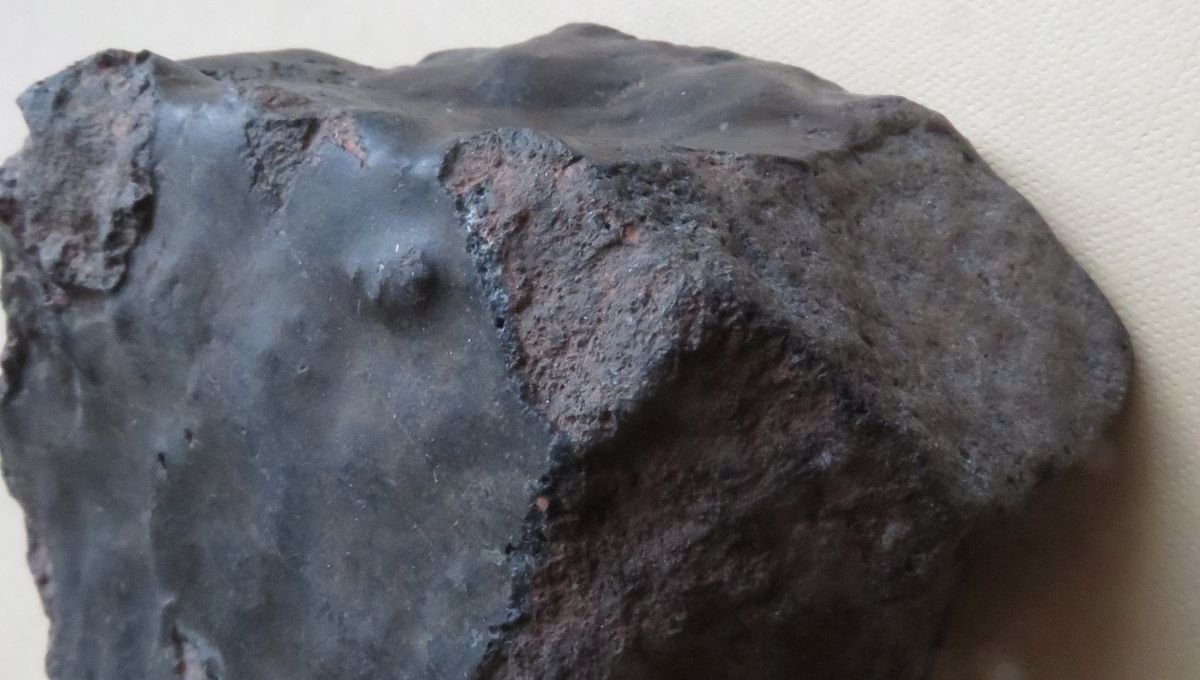
Scientists might have found a truly weird rock. It looks like a meteorite, but its composition is very close to that of rocks that form deep in the ocean. And so, they have proposed a radical explanation: that this rock was knocked off the Earth, flew through space for maybe thousands of years, and then came back to Earth.
The meteorite was recovered in the Maghreb and purchased in Morocco in 2018. It has the designation Northwest Africa 13188 and a mass of 646 grams (23 ounces). Its chemical composition is dominated by two minerals, plagioclase and pyroxene, which make up about three-quarters of the meteorite. On top of that, the team looked at the isotopic composition of the rock, in particular of oxygen.
The chemical properties of elements are defined by the number of protons in their nucleus and, by consequence, the number of electrons that orbit said nucleus. But they can come in variants that are either lighter or heavier, which depends on the number of neutrons that are also present in the nucleus.
Oxygen is no exception. Almost all oxygen is O-16 (which has eight protons and eight neutrons), but there is a tiny percentage of O-17 and O-18 in nature. Different celestial bodies have different fractions of them, so scientists can use this like a fingerprint to track where an object is from. The minerals and the isotopic composition point to this rock being very much an Earthly one.
But that is not the full picture. The rock has a well-developed fusion crust. That is typical of meteorites. It would be difficult to fake it, though not impossible. But what really sells it as a meteorite is the concentration of isotopes of beryllium, helium, and neon that are consistent with a rock being exposed to cosmic rays for 10,000 years.
“Therefore, we consider NWA 13188 to be a meteorite, launched from the Earth and later re-accreted to its surface. This scenario matches the latest definition of meteorites: ‘Material launched from a celestial body that achieves an independent orbit around the Sun or some other celestial body, and which eventually is re-accreted by the original body, should be considered a meteorite. The difficulty, of course, would be in proving that this had happened, but a terrestrial rock that had been exposed to cosmic rays and had a well-developed fusion crust should be considered a possible terrestrial meteorite’,” the authors wrote in an abstract presenting the discovery.
They are now performing further isotopic analysis to better understand what happened to it and how it was able to leave Earth in the first place.
The research was presented at the 2023 Goldschmidt Conference on geochemistry.
Source Link: Boomerang Meteorite? Candidate Space Rock Might Have Actually Come From Earth